Fire and Ice in Iceland
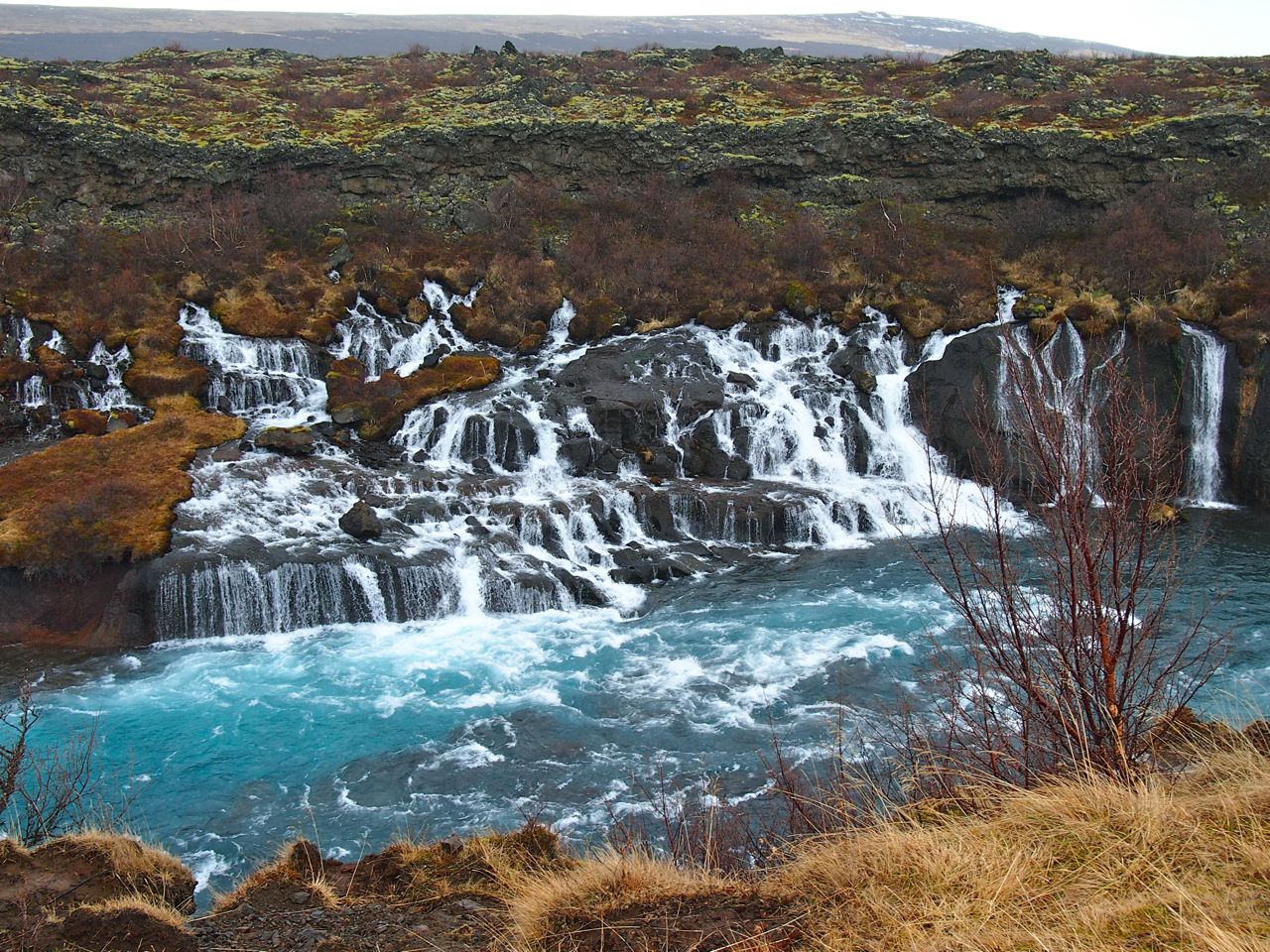
After my unexpected near-death experience on a snow-covered Icelandic mountain, I really didn't know what to expect from the second half of the “Essential Iceland” tour I had booked with Iceland Rovers.
In fact, for quite some time after our nose-dive off a cliff, we weren't sure there would even BE a second half of the tour, as the fall had severely damaged the steering of our driver's Land Rover. Lucky for us, however, Christian knew a thing or two about fixing cars (and Icelandic farmers are very friendly about you calling them up to use their tools), and our small group was able to continue onward, albeit a few hours behind schedule.
After giving up on the glacier altogether, we headed for the next portion of the tour — waterfalls, a lava tuba cave, and the largest hot spring in Europe. Fire and ice, both at once.
Perhaps it was thanks to my earlier brush with death, or perhaps it was just because Iceland is freaking amazing, but I found this part of the country to be especially beautiful in a very raw, rugged way.
Our first stop was at Hraunfossar, a series of small waterfalls that stretch over half a mile in western Iceland. The waterfalls flow out of Hallmundarhraun, a gigantic lava field formed during an ancient volcanic eruption beneath the glacier Langjökull (hraun comes from the Icelandic word for “lava”). Again, fire and ice.
This group of waterfalls, which fall into the turquoise Hvítá river, is not particularly high, nor do they flow particularly fast. But they are exceptionally beautiful.
Even though it was raining when we stopped here, I couldn't help but take photo after photo.
Just upstream from Hraunfossar sits Barnafoss, “waterfall of the children.” The story here goes that there used to be a natural bridge over the waterfall that local families used to use as a short cut to cross the river. Until one night when some local children fell off the bridge to their deaths in the river below. After that, their mother reportedly had the bridge destroyed (or put a curse on it, depending on who's telling the story).
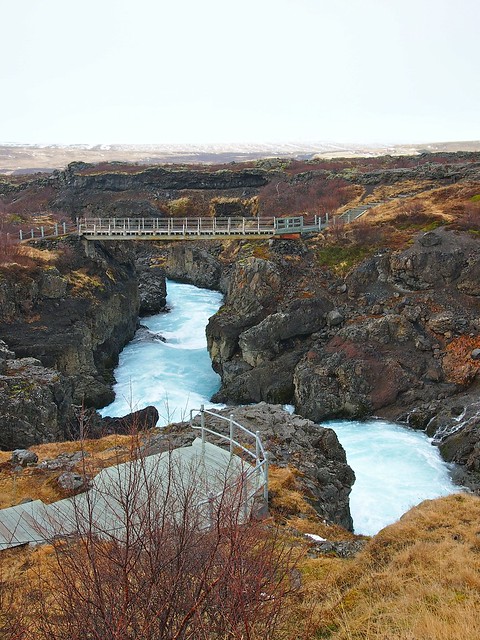
From the waterfalls, we headed onto the Hallmundarhraun lava field, where we'd be going underground into the Viðgelmir lave tube cave. The lava field itself was amazing, as you could see how the lava had oozed and hardened over 1,000 years ago as it flowed out from under the glacier.
The cave itself is fascinating. Lava tube caves like this are formed when flowing lava develops a hard crust on top, while the molten lava continues to flow beneath it. Once the volcanic eruption ends and the lava stops flowing, tube caves like this are formed. Viðgelmir, at nearly a mile long, is one of the largest known lava tube caves in Iceland, and is only accessible because part of its roof is collapsed at one end, allowing entry.
We donned helmets and head lamps, and followed Christian down into the cave. The climb down was actually quite treacherous, as the ground inside the cave was ice-covered and slick. But by climbing and crawling, we made our way into the dark cave.
You can't go really far into the cave any longer (an iron gate prevents going in too far), but historians speculate that people lived inside here at one point. Signs of human habitation point to the likelihood that Viking settlers used caves like this as shelter — probably due to the fact that, because of how the cave was formed, it would have stayed warm for decades after the lava flowed through. Talk about geothermal heating!
The sun even came out for a bit once we came out of the cave, making the vibrant colors of Iceland even more unreal.
After slipping and sliding our way back out of the cave, we made our way to the last stop of the afternoon — Deildartunguhver hot spring near Reykholt. This hot spring is the highest-flow hot spring in Europe, producing 212-degree (F) water at a rate of 47.5 gallons (180 liters) per second.
I have seen hot springs before, but NEVER a hot spring where the scalding water boils 2 or 3 feet up into the air! Icelanders harness the power of this hot spring, pumping the water to nearby towns to use for heating.
More than any other day in Iceland, this one especially helped me to understand why Iceland is known as the Land of Fire and Ice.
Which of these natural attractions would YOU most want to visit in western Iceland?
My “Essential Iceland” tour with Iceland Rovers was provided to me on a complimentary basis, thanks to the help of ICELANDisHOT. As always, all opinions are my own.

Amanda Williams is the award-winning blogger behind A Dangerous Business Travel Blog. She has traveled to more than 60 countries on 6 continents from her home base in Ohio, specializing in experiential and thoughtful travel through the US, Europe, and rest of the world. Amanda only shares tips based on her personal experiences and places she's actually traveled!

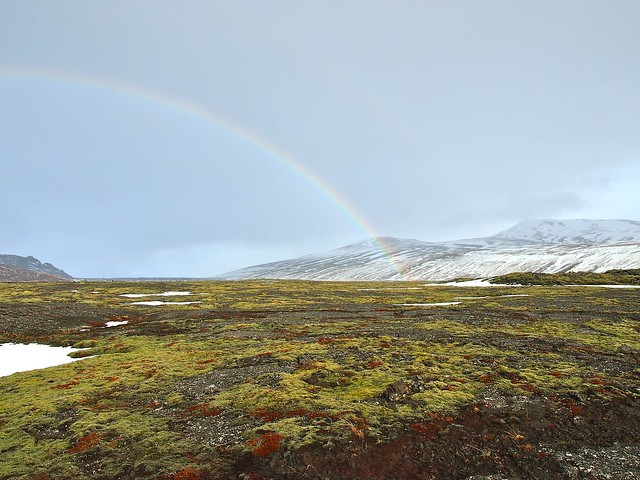
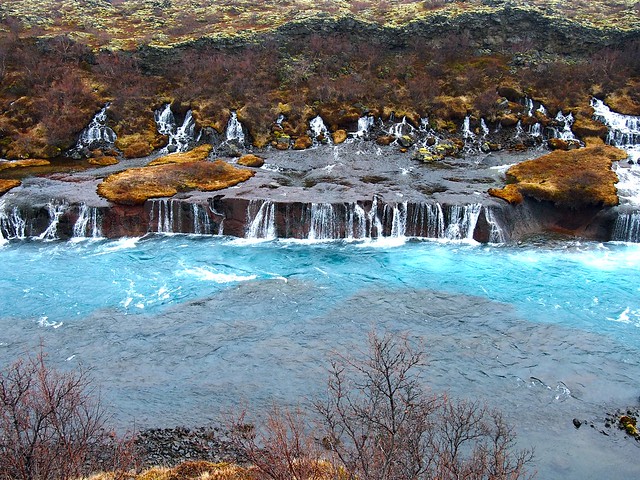
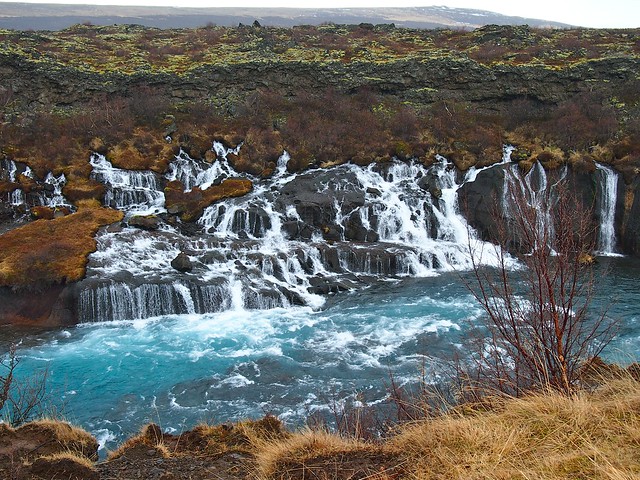
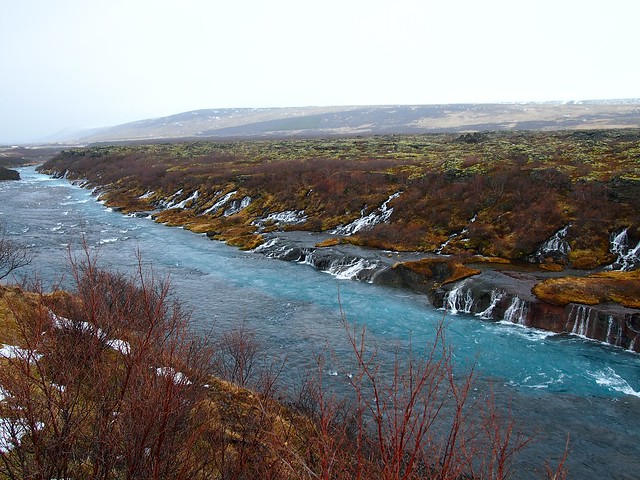
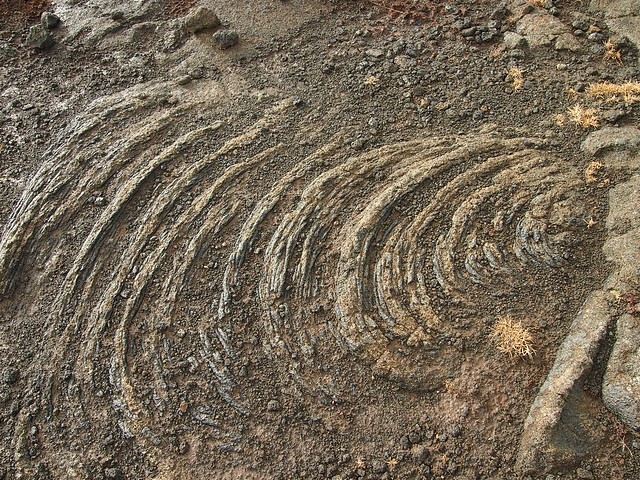
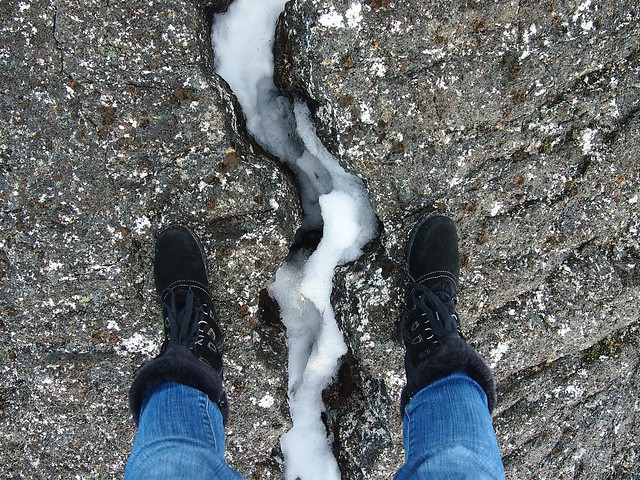
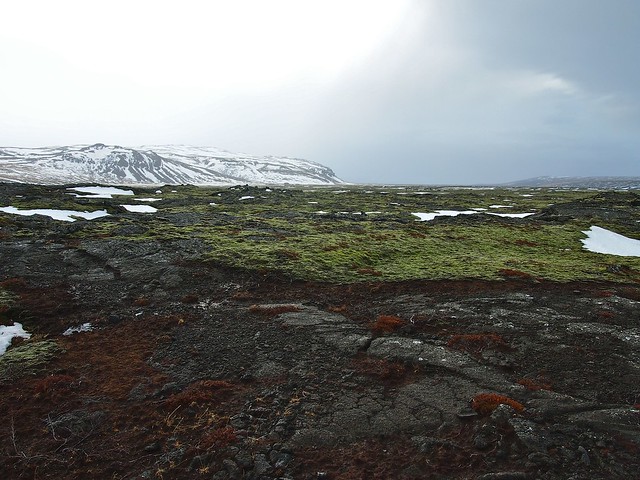
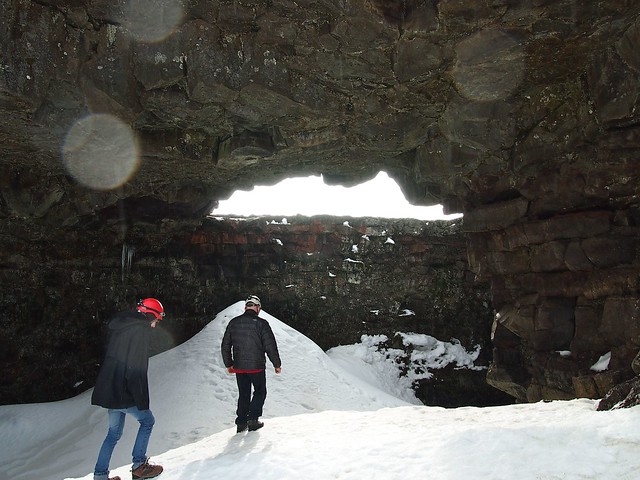
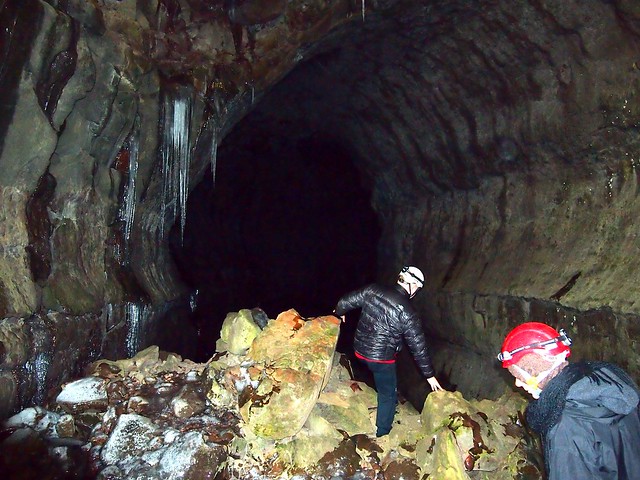
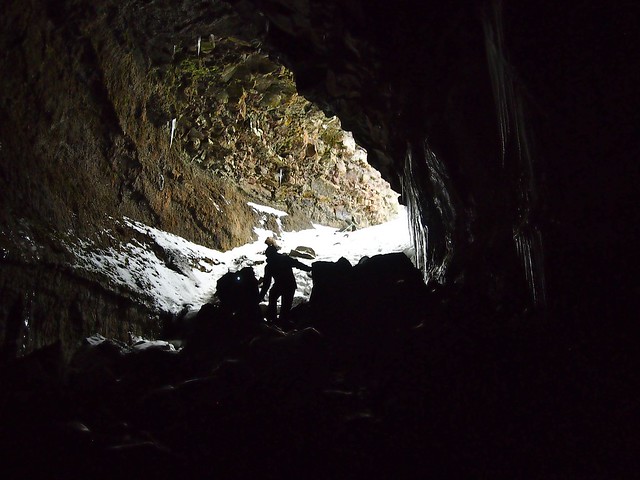
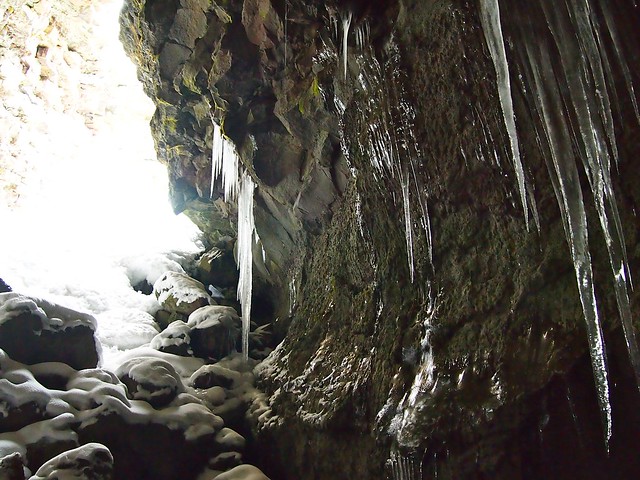

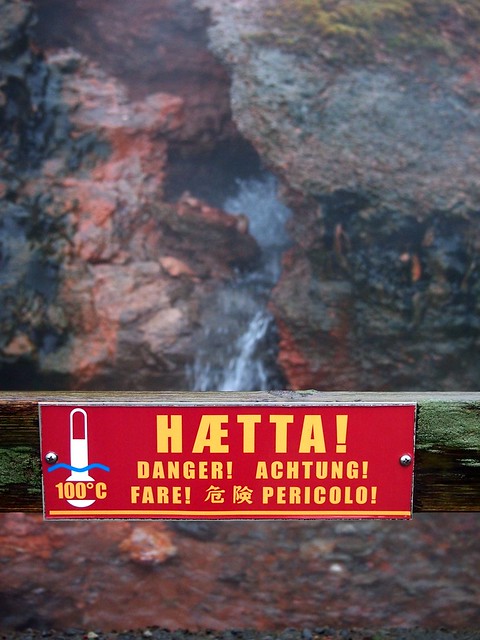
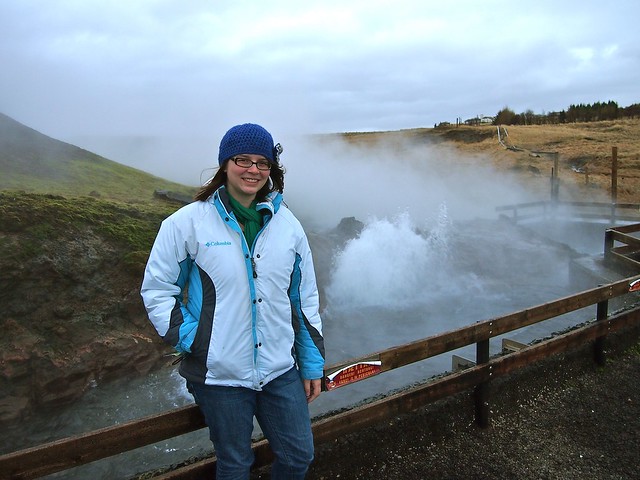









Soooo pretty – this is totally worth a near-death experience! =P The blue of that water is just unreal.
Haha, yeah, I’d have to agree!
The water is indeed unreal! Probably due to the water filtering down from the glacier and picking up lots of minerals along the way!
Beauty of the highest order! Its just fascinating, your pics and your narration.
Iceland definitely looks other worldly altogether!!
Aww, thanks Arti! Iceland is definitely unlike anywhere else I’ve ever been!
Raw and rugged may be an understatement but what a beautiful understatement it is! These pictures literally took my breath away. Iceland is now moving up higher on my list 🙂
Iceland is one of those countries where even superlatives aren’t good enough to describe it. Glad you liked the photos!
I have always wanted to go to Iceland. The pictures were enchanting, they make me want to go even more.
Well if you ever get the chance to go, definitely do it!
The section of waterfalls looks particularly beautiful. I bet it will be positively glorious if the sun comes out. No matter what sounds like a great trip, albeit exciting, trip.
Yes, I can only imagine how great all the waterfalls in Iceland look under the sun! (I pretty much only saw the country under cloudy skies!)
Iceland does truly look amazing. Ever likely it is being hailed as a Mecca for photographers! Your photos look really amazing and the blue in the water looks so surreal.
It’s such a cool place to take photos – you can’t find landscapes like this anywhere else!
I love the diverse landscapes of Iceland. you’ve captured it well. 😉
Thanks, Cam! There’s certainly a lot worth capturing.
AWESOME shots! Seriously, there is no place in this world like Iceland.
Thanks, Andi! And I agree — I certainly haven’t seen anywhere else that compares to Iceland!
Wow! You were extremely brave to go into that cave! I love the pictures. Iceland is amazing and I remembered looking at your pictures about how they have no trees. Happy geothermal bathing!!!!
The cave was so cool! I’m definitely glad we got to go in.
Incredible landscapes! I don’t think it was just your renewed appreciation for life 🙂
No, you’re probably right — but it certainly didn’t hurt!
How did you go with pronouncing Deildartunguhver? We loved listening to our guide just roll it off the end of his tongue so easily haha. I think we did a similar tour and this looks just as awesome as the one we did! 🙂
Hahaha, I didn’t even try pronouncing that one! Icelandic words are so hard!
Those falls look amazing – the water seems to come from nowhere. The only thing missing is a sense of scale. I couldn’t work out whether the falls were 6ft or 60ft tall
Yeah, it was weird seeing waterfalls emptying into a river with no other body of water visible nearby! As far as scale, it was hard to tell since we were across the river from them, but I’d guess they were no more than maybe 10 feet high.
Is it safe to say its almost impossible to take a bad photo in Iceland!? This place looks incredible!
I think it might indeed be safe to say that! It’s an amazing country.
I’ve been in a lava tube before but never with snow and ice inside it. Really beautiful and those waterfalls are spectacular in their own right.
The lava tuba cave was SO much cooler than I had anticipated! I really had no idea what to expect before we got there, but it was really fun. And you are very right about the waterfalls – they’re beautiful!
Fascinating journey and stunning pics my friend. I was on the edge of my seat reading about your harrowing experience over the cliff! Unbelievable! Loved the “Barnafoss” legend as well!
Thanks, Jeff! So glad to hear you enjoyed this duo of posts! It certainly was an adventure I won’t soon forget!
I’m wondering what time of year you went to Iceland, My wife and i are thinking of going for our 40th anniversary this summer. also is the blue lagoon temp consistent year round. a hot spring with perfect temp would be a dream come true i’m sure.
I’ve been to Iceland twice – once in March and once in November (so basically winter both times). Summer is supposed to be lovely though with really long days. And yes, the Blue Lagoon is the same temperature year-round!